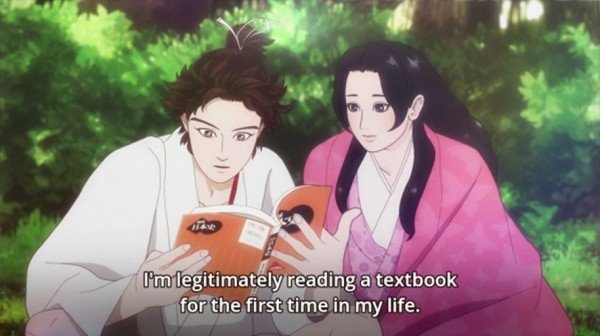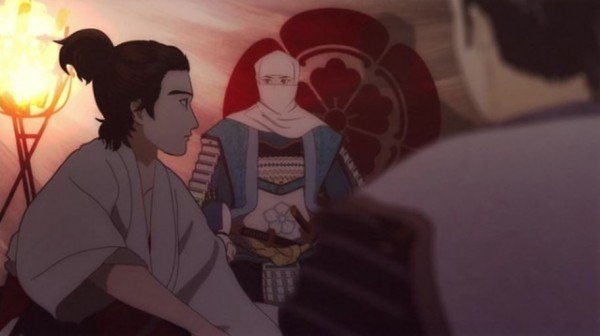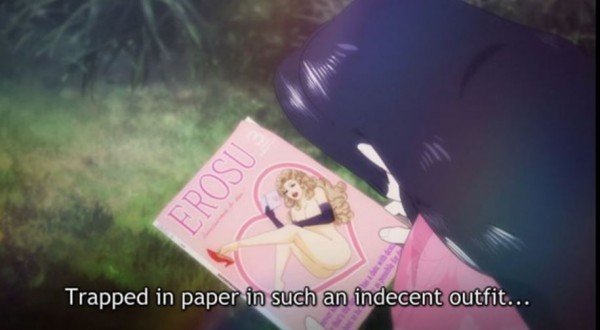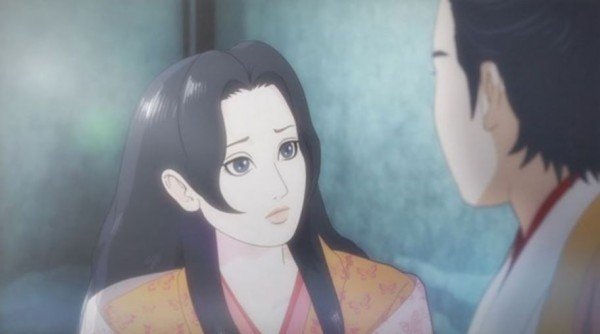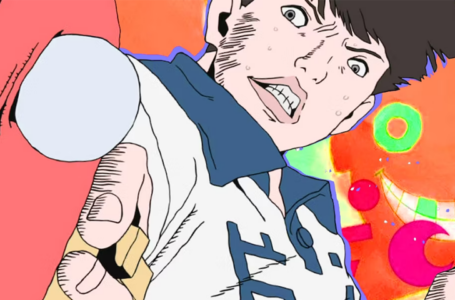Nobunga Concerto Review (Anime)
Not sure if I’ve ever mentioned this before but one of my guilty pleasures is body swap and time travel stories – whether in book, film, manga or anime form. You know the kind of thing – mother and daughter swap bodies for a week, man goes back in time to inhabit the body of his younger self etc etc. From Hot Tub Time Machine to 17 Again starring Zac Effron, these kinds of movies are my ‘thing’.
So it’s no surprise that when I stumbled on Nobunga Concerto last year, I decided to give it a go. I’m very much glad I did as it proved to be one of the unsung heroes of the 2014 summer simulcasts – so unsung in fact, that I’ve only bothered to write about it a year after it’s original showing. So here I am with my Nobunga Concerto Review – better late than never, and all that.
So the basics then. Saburo is a cocky high school kid, less interested in study than he is in being a jerk. In what amounts to a remarkably short set up, Saburo leaves school, walks home balancing on top of a fence, slips and falls through time and into the Sengoku Era in Japanese History. I’ll freely admit, this opening is so weirdly hurried that I had serious doubts about whether Nobunga Concerto was going to be any good.
It wasn’t helped by an animation style that takes some getting used to. Nobunga Concerto’s animation is a little wooden – and I’m guessing this is completely intentional, as though the anime is trying to reach a happy medium between modern animation and a style that gives a nod to the Japanese artwork of the 16th Century. In the first instance I wasn’t sure sure if I liked it – but by the second or third episode I grew to appreciate it, mainly because it gives an atmosphere unique to Nobunga Concerto. After the deluge of new anime releases I’d been watching at that time, it was a welcome change, and was nothing if not memorable. Memorable enough for me to be writing a review of it so long after I watched it.
After falling though time, Saburo almost immediately meets Oda Nobunga himself, who is fleeing his home on horseback.
For those not up on your history, Nobunga is widely credited to be the man who began Japan’s process of unification in the late 1500’s – he’s basically one of Japanese History’s most important figures. Important enough to have a whole load of games, shows, manga and anime based on his story, to the point where he’s practically impossible to avoid if you have any passing interest in Japanese Culture.
Oda Nobunga, in this particular anime, is a teenager who’s somewhat weak, sickly and tired of his position. Noticing that Saburo looks identical to himself, he asks that Saburo take his place so that he can go into hiding. Saburo agrees and before he knows it, he is firmly in Nobunga’s court, and with it, the realisation of what he’s got himself into.
Part of what I enjoy the most about time travel and body swap stories is that initial element of culture-shock. There’s a period where everyone in court thinks that ‘Nobunga’ has gone mad, unsettled by the sudden change in his personality. Hilarity ensues when his ‘wife’ finds a porn mag in his schoolbag, and everyone’s properly mystified by an aerosol from the 21st century – it’s all good fun, but oddly the series doesn’t milk these moments as much as you’d expect, or perhaps want it to.
Perhaps the most significant time-travelling hook comes from the fact that Nobunga had his school history book in his bag when he fell through time. ‘I’m legitimately reading a textbook or the first time in my life’ says Saburo, as he uses the book to figure out what he should be doing next, which battles he should be winning, how and why. The book is Saburo’s crutch, and so too it becomes something of a point of tension in Nobunga Concerto.
On a couple of occasions, Nobunga meets people, like himself, who have fallen though time too – and I very much enjoyed the level of gravitas afforded to these moments. Lost souls who find a bond by virtue of their isolation in a dangerous time – there’s something rather emotionally charged about the encounters and way they’re played out.
There’s a reason for this. Although time travel and body-swapping is essentially the series main theme, actually, it turns out to be less important than you might think. Nobunga Concerto’s appeal really comes down to how likeable Saburo is. He’s a high-school goofball, and a bit of an idiot actually, but you really, really like him. You want him to succeed because, fundamentally, he’s a really good guy, with a good heart.
It’s this that really wins you over and makes Nobunga Concerto so compelling to watch. There are times when you feel that there’s not much happening that can be classed as traditionally ‘exciting’, with little in the way of grand set-pieces or action sequences – and so it falls to your love of Saburo and those court members close to him to drive tension in the series, fearing his enemies and those manoeuvring against him.
It’s all very well done, with only one notable misstep in the entire season, where the writers try to leverage more significance from a character death that I felt was really appropriate given how little was done to develop that character in the first-place. Maybe that’s just my opinion though, and maybe I’m more cold-hearted than I thought!
So definitely one I’d recommend if you’ve not checked it out already. Nobunga Concerto is only 11 Episodes long and is currently available on Crucnhyroll. As far as I’m aware, there’s no word on a second season which would be a real shame – I hope this Nobunga Concerto review doesn’t turn out to be my last.
If you’re hot for Oda Nobunga, then Mitch Jay recently reviewed The Ambition of Oda Nobuna
- Wonderful new Konosuba game gets release date and pre-order - January 11, 2024
- Kandagawa Jet Girls gameplay featuring Senran Kagura DLC - January 16, 2020
- Japanese politicians look to limit videogame play time for kids - January 13, 2020



